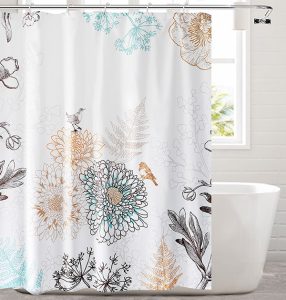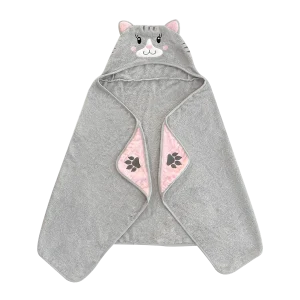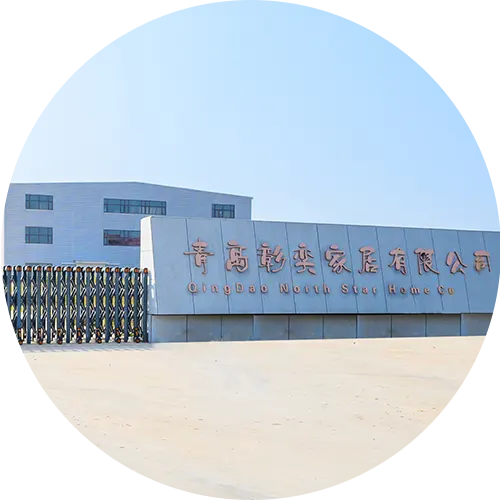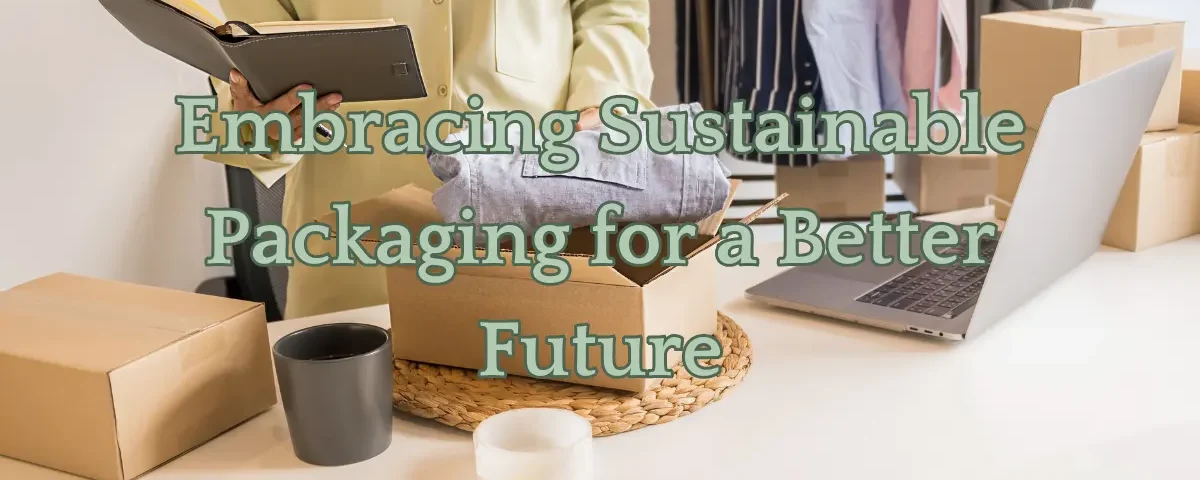
Do You Really Need a Duvet Cover? The Answer May Surprise You
April 18, 2024
Discovering the Best Bedding: Brands, Origins, Materials, and Suppliers
May 24, 2024As environmental awareness grows, various industries are taking measures to reduce their impact on the environment. The home textile industry, closely related to daily life, bears a significant responsibility in this regard. Packaging, an indispensable part of a product’s lifecycle, is a crucial area for implementing sustainable practices in this industry. How to achieve sustainable development through eco-friendly packaging has become an urgent issue to address.
The Necessity of Eco-Friendly Packaging
Eco-friendly packaging not only reduces environmental burden but also enhances brand image and boosts consumer confidence. Traditional plastic packaging generates a substantial amount of carbon emissions and waste during its production and disposal, severely polluting the environment. In contrast, eco-friendly packaging optimizes material selection, design, and production processes to maximize resource efficiency and minimize waste.
Material Selection: Renewable and Biodegradable
In selecting materials for eco-friendly packaging, renewable and biodegradable options are key. Renewable materials such as bamboo fiber and recycled cotton reduce dependence on fossil resources and lower carbon emissions during production. Biodegradable materials like polylactic acid (PLA) and paper packaging decompose quickly after use, preventing long-term environmental pollution.

Design Optimization: Reducing Waste and Enhancing Reusability
Design optimization is also central to eco-friendly packaging. Simplified designs not only reduce material usage but also lower production costs. Additionally, designs for reusable packaging, such as reusable fabric bags, extend the lifespan of packaging materials and reduce consumer demand for single-use packaging.
Production Processes: Low-Carbon and Energy-Efficient
Improving production processes is essential for achieving eco-friendly packaging. Adopting low-energy, low-emission production technologies significantly reduces the environmental burden during packaging production. For example, cold pressing and water-based ink printing are not only eco-friendly but also enhance the aesthetics and functionality of packaging.
Environmental Certification: Standards and Practices
Relevant environmental certifications are indispensable to ensure the effectiveness of eco-friendly packaging. Internationally recognized certifications like FSC (Forest Stewardship Council) and OEKO-TEX Standard provide consumers with reliable environmental assurances. By obtaining these certifications, companies can demonstrate their efforts and achievements in environmental protection to consumers.
FAQ
Eco-friendly packaging refers to packaging that minimizes negative environmental impacts in terms of material selection, design, production, and disposal. This includes using renewable and biodegradable materials, simplified designs, low-energy production, and recyclable packaging forms.
Choosing eco-friendly packaging helps companies reduce environmental pollution, enhance brand image, and meet consumer demand for sustainable products. Additionally, eco-friendly packaging is often associated with efficient production and management practices that can lower costs and increase market competitiveness.
Suitable materials for eco-friendly packaging of home textile products include renewable materials like bamboo fiber and recycled cotton, as well as biodegradable materials like polylactic acid (PLA) and paper. These materials are not only environmentally friendly but also have good packaging performance.
Initially, adopting eco-friendly packaging may incur some additional costs, but in the long run, it can provide significant economic benefits by reducing material waste, improving production efficiency, and enhancing brand value.
You can determine if packaging is eco-friendly by looking for relevant environmental certifications such as FSC and OEKO-TEX Standard. These certifications ensure that packaging materials and production processes meet environmental requirements, providing consumers with trustworthy choices.
References
- FSC (Forest Stewardship Council). (2023). FSC Certification. Retrieved from FSC Official Website.
- OEKO-TEX Association. (2023). OEKO-TEX Standard 100. Retrieved from OEKO-TEX Official Website
- GreenBlue. (2022). Sustainable Packaging Coalition. Retrieved from SPC Official Website.
- European Bioplastics e.V.. (2023). Bioplastics market data. Retrieved from European Bioplastics Website.
- Ellen MacArthur Foundation. (2023). The New Plastics Economy: Rethinking the future of plastics. Retrieved from Ellen MacArthur Foundation.












